Why the E-Rate Program Matters for Schools

Imagine a school—perhaps in a bustling city center or nestled in a remote rural valley—where students seamlessly access online textbooks, collaborate on digital projects, and connect with experts worldwide. Now, imagine that vital connection suddenly becoming unreliable, unaffordable, or even disappearing altogether. This isn't a far-fetched scenario; it highlights the critical importance of a long-standing, yet often overlooked, federal initiative: the E-Rate program.
For over a quarter-century, E-Rate has been the quiet engine powering digital access in countless K-12 schools and public libraries across the United States. But as Jodie Buenning, founder of Buenning Strategies, discussed on the Learning Can't Wait Podcast, this foundational program is currently facing unprecedented challenges that could reshape the landscape of educational technology and digital equity. As host Hayley Spira-Bauer aptly put it, despite its significance, "I don't think enough people know enough about it." This guide aims to change that.
If your district is facing challenges with staffing or providing consistent, effective virtual learning opportunities, Fullmind can help. Our state-certified, online-trained K–12 educators deliver live, synchronous instruction that reaches students wherever they are—urban or rural, in the classroom or at home. Learn more about how Fullmind can support your digital learning goals and ensure no student is left behind, regardless of changing access or funding.
What Exactly
At its most fundamental level, the E-Rate program (officially the Schools and Libraries Program of the Universal Service Fund) is designed to make telecommunications and information services more affordable for eligible schools and libraries throughout the United States.
Jodie Buenning provides a concise explanation: "Simply put the E-Rate program... gives equitable access to the internet and essential technology to schools and libraries."
Here’s a breakdown of what that entails:
- Funding Mechanism: E-Rate provides discounts on eligible services. It's not a grant program that hands out lump sums of cash. Instead, schools and libraries apply for discounts on services they purchase from vendors. These discounts range from 20% to 90%, depending on the poverty level of the student population served and whether the school/library is located in a rural or urban area. The highest discounts go to the neediest institutions.
- Eligible Category One: Services needed to bring connectivity to the school or library building (e.g., broadband internet access, fiber connections).
- Eligible Category Two: Services and equipment needed to distribute that connectivity within the school or library (e.g., Wi-Fi access points, routers, switches, cabling). Recently, basic firewall services and certain cybersecurity components have also become eligible, recognizing the increasing importance of network security.
- Funding Source: E-Rate is funded through the Universal Service Fund (USF), which collects contributions from telecommunications carriers based on their interstate and international revenues. This fee often appears on consumers' phone bills.
- Goal: The ultimate aim is digital equity. As Buenning highlighted, "E-Rate is really specifically focused on how do we equitably provide schools and communities... affordable internet access, affordable broadband access, and all of the connectivity to make those connections come to life."
A Look Back: The Origins and Enduring Purpose of E-Rate
To truly grasp E-Rate's significance, understanding its history is key. The program was born out of the landmark Telecommunications Act of 1996, a major overhaul of communication law designed for the burgeoning internet age.
Buenning, who was involved in the program's early days, recalls its inception: "I saw the program kind of in the early stages of when the program started as a legislative part of a legislative effort to modernize the telecommunications Act of 1996..."
The core idea behind E-Rate was rooted in the principle of universal service—a concept dating back decades, initially focused on ensuring basic telephone service reached all Americans. The 1996 Act updated this principle for the digital era. Buenning notes, "It was created really as part of a way to get broadband and internet access deployed to the most rural remote communities and to be a great equalizer." Before E-Rate, vast disparities existed; urban schools might have had early internet access, while rural or low-income schools were left far behind. E-Rate aimed to level that playing field.
Two Decades of Impact: How E-Rate Transformed Education
Since its launch, E-Rate has disbursed billions of dollars, fundamentally changing how schools and libraries operate. Its impact includes:
- Ubiquitous Connectivity: It dramatically increased the number of schools and libraries connected to high-speed internet.
- Enabling Digital Learning: Reliable broadband underpins virtually all modern educational technology – from online research and learning management systems to digital textbooks and virtual field trips.
- Supporting Underserved Communities: By prioritizing discounts for high-poverty and rural areas, E-Rate directly addresses the digital divide.
- Building Trust and Reliability: As Buenning stated, "Schools have learned to trust the program. They have faith in the funding. It has a reputation of really delivering powerful impact and powerful support to schools and districts and libraries across the country." This predictability allows schools to plan long-term technology investments.
- Economic Engine: E-Rate supports not just schools, but also the telecommunications providers – including smaller, local companies – who deliver these services. Buenning emphasized the need "to not squeeze out the small rural telco providers that really serve their local communities."
The Current Crossroads: Why E-Rate is Under Scrutiny
Despite its long track record, the E-Rate program, and the Universal Service Fund mechanism that supports it, is facing a significant legal challenge.
"What's happening today and why are we talking about E-Rate today is because the courts have been asked to take another look at the program to say, is it constitutional? Has Congress and has the FCC in implementing the E-Rate gone too far?" Buenning explained.
The legal argument centers on whether Congress properly delegated the authority to the Federal Communications Commission (FCC) to manage the USF and collect contributions. Opponents argue it constitutes an unconstitutional tax levied by an administrative agency rather than Congress itself. The case reached the Supreme Court, with arguments heard in early 2024.
Buenning, reflecting on the program's resilience through past challenges, expressed cautious optimism: "Having been on this journey with the E-Rate for so many decades, I have every confidence that it is [constitutional], but the world does change."
What’s at Stake? Imagining the Future With and Without a Stable E-Rate
The outcome of this legal battle could have profound consequences. Buenning outlined two potential paths:
Scenario 1: E-Rate Remains Stable
If the program withstands the challenge, the benefits continue and potentially expand:
- Continued Progress: "If it stays in place, I think we're going to see safer schools, better connected schools. We're going to see a greater access to opportunity for kids..."
- Enhanced Security: With cybersecurity threats rising, E-Rate's role in funding protective measures is crucial. "Without the E-Rate, some of those [cybersecurity] things will go away."
- Reliability for Planning: Schools and libraries can continue to rely on the funding for essential upgrades and services, ensuring "stability and we can trust that all young learners... that we all can stay connected."
- Maintaining Competitiveness: E-Rate helps ensure American students have the digital skills needed in a global economy. "If this piece goes away... How do we keep our schools on the cutting edge of being competitive in a global marketplace?"
Scenario 2: E-Rate is Restructured or Diminished
If the courts rule against the current structure, the fallout could be severe:
- Funding Chaos: Schools could face immediate budget shortfalls for essential internet and network services.
- Increased Burden on States: "I think some potential impacts could be greater burden on the states to implement a pretty complex program," potentially leading to inequities between states.
- Learning Disruption: The most alarming possibility? "I think in the worst case scenarios, I would say learning could go dark in some communities because schools might not be able to make up that funding gap."
- Widening the Digital Divide: "Rural and remote communities that are very hard to serve could really lose out," exacerbating existing inequities.
Why Your Voice Matters Now
Given the stakes, complacency is not an option. Buenning strongly advocated for the education community and concerned citizens to speak up:
- Celebrate and Share Success: Educators are often humble, but now is the time to showcase E-Rate's impact. "I really think what we need to do as an education community... is we really need to celebrate our wins a bit more... Let's talk about what's working really well... What does digital learning look like today? What is it producing?" Share concrete examples of how E-Rate funding benefits students and teachers daily.
- Join Organized Advocacy: Leverage the power of collective action. "Join the advocacy efforts of their education groups, whether that's your principal association, your superintendent association... I know the consortium for school networking [CoSN], the state ed tech directors [SETDA]... all of the National Education membership organizations have been behind E-Rate. Chime in, share your story... and just be heard." These groups have resources and coordinate efforts to reach policymakers.
- Engage Your Representatives: Your personal story is powerful. "Write to your local congressional member and your state senator and your governor," Buenning urged. "Invite them to your school or district because if they don't know and if we can't show and if we're not telling the impact, then how can they advocate for us? So I think just the power of your own voice... is important as well."
- Prepare Locally (Contingency Planning): Especially for leaders in potentially vulnerable districts, proactive planning is wise. "Create your own community group. Reach out to your local businesses... build that local network around your school community... work together with your community to build that contingency plan."
Conclusion
The E-Rate program is more than just a line item in a federal budget; it's a lifeline that connects millions of students and library patrons to the vast resources of the digital world. It fosters equity, enables modern teaching practices, and prepares learners for the future. The current legal challenge places this vital resource at a critical juncture.
Understanding E-Rate—its history, its function, and the potential consequences of its disruption—is the first step. The next step, as Jodie Buenning passionately argued, is action. By sharing stories, engaging with policymakers, and supporting advocacy efforts, we can collectively work to ensure that the promise of equitable digital access embodied by the E-Rate program continues for generations to come. The future of learning may depend on it.
For Education Leaders
Get proven strategies and expert analysis from the host of the Learning Can't Wait podcast, delivered straight to your inbox.
Let’s Work Together
We’ll review your application and get in touch!

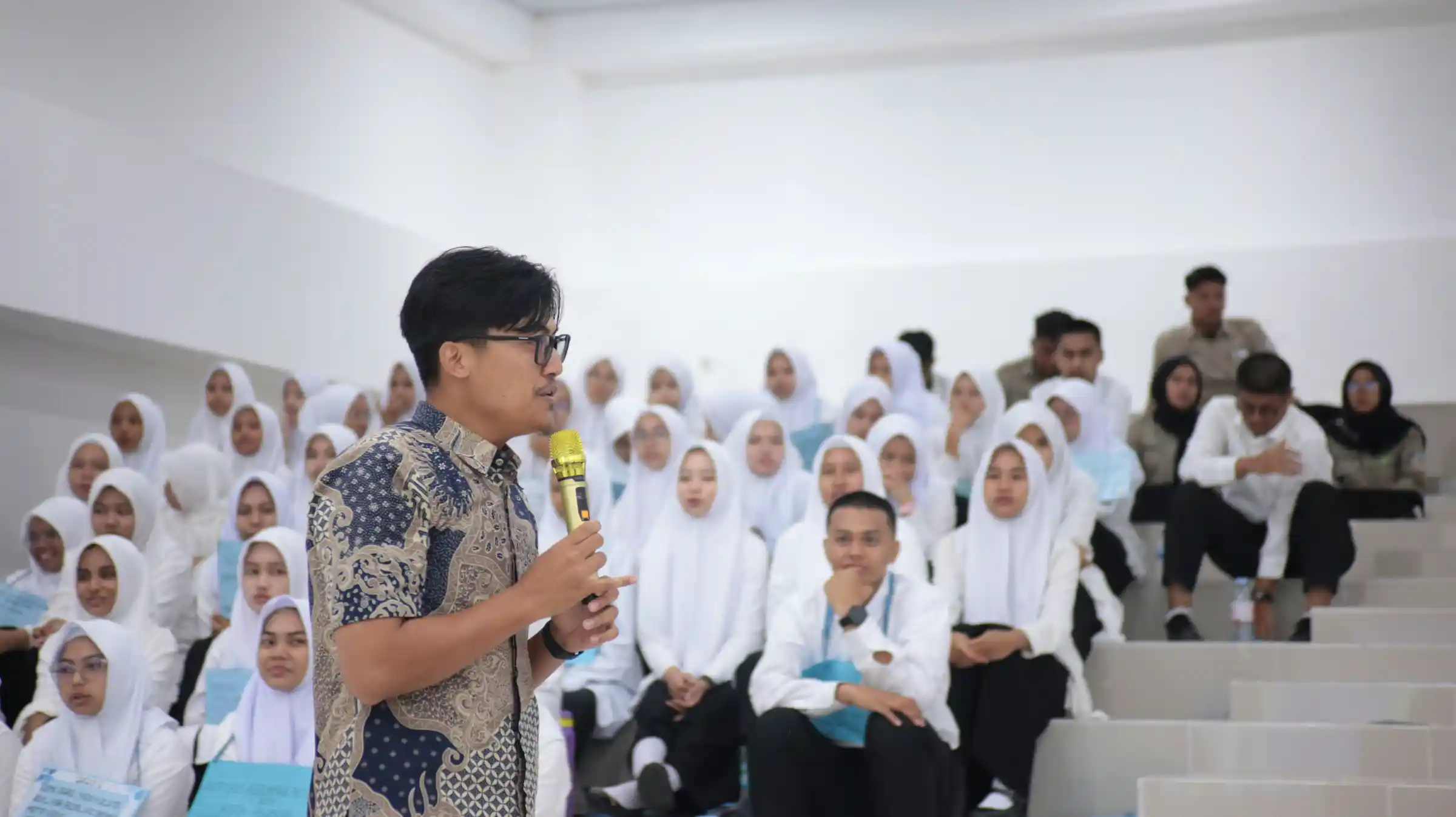


.webp)

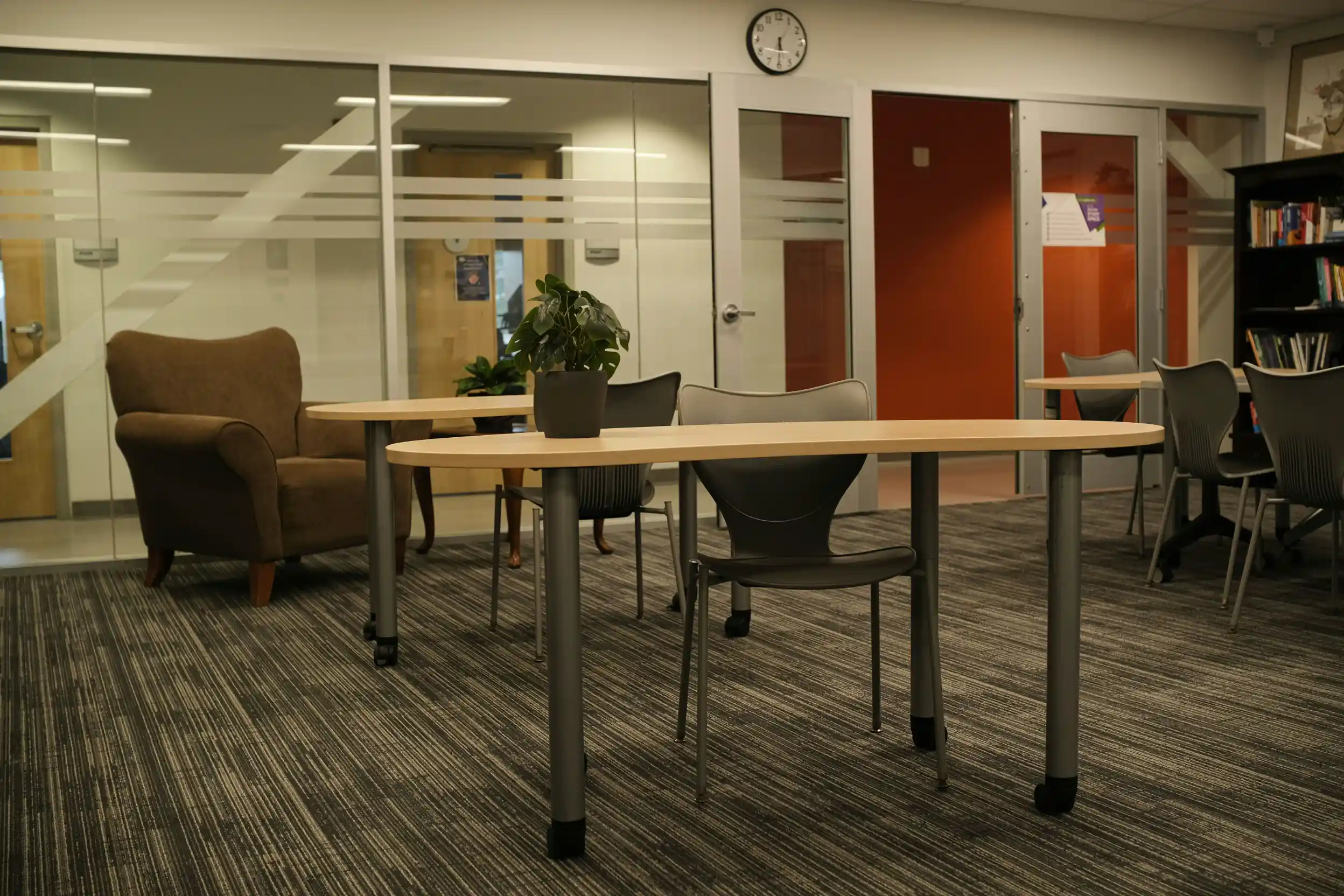
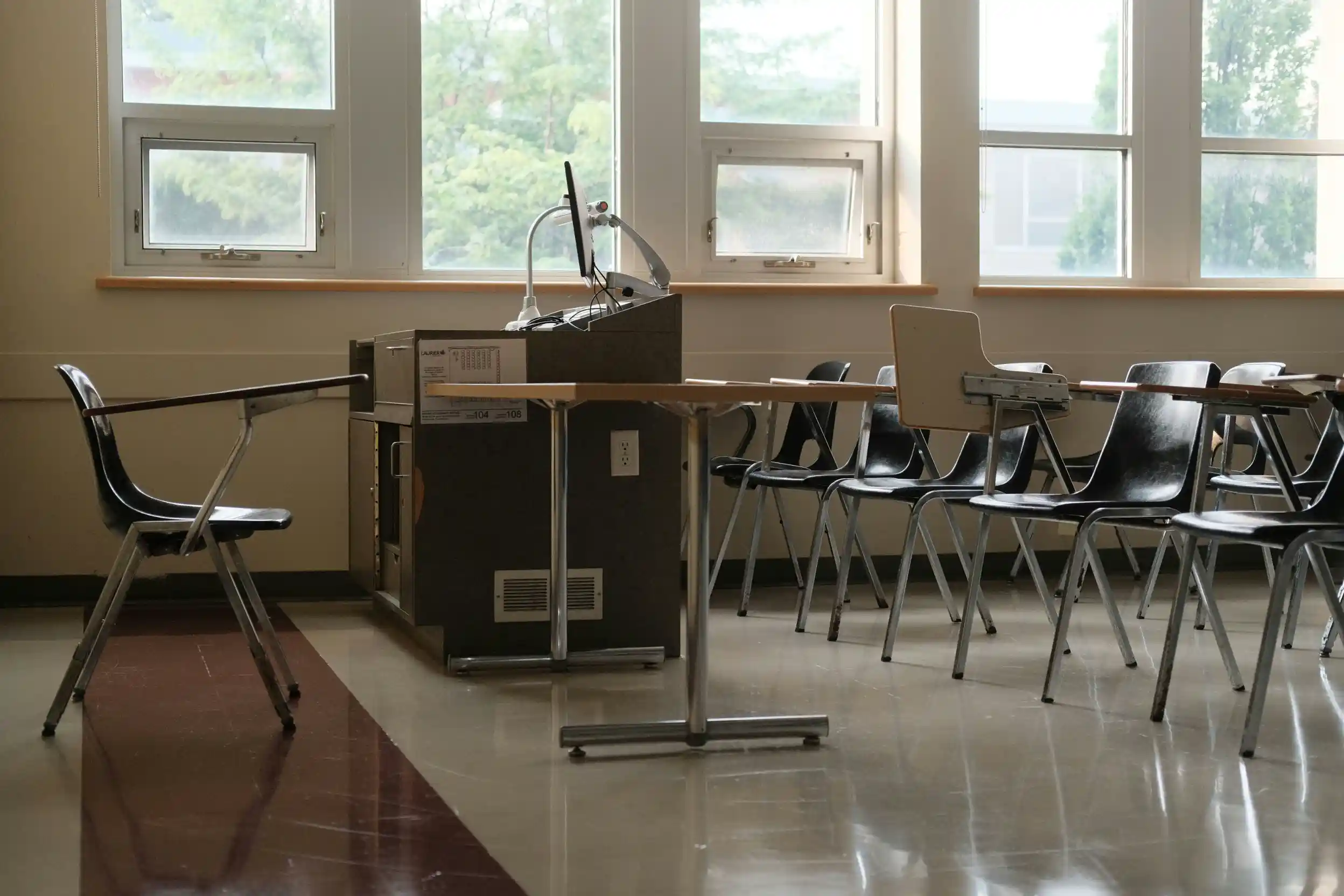










.webp)












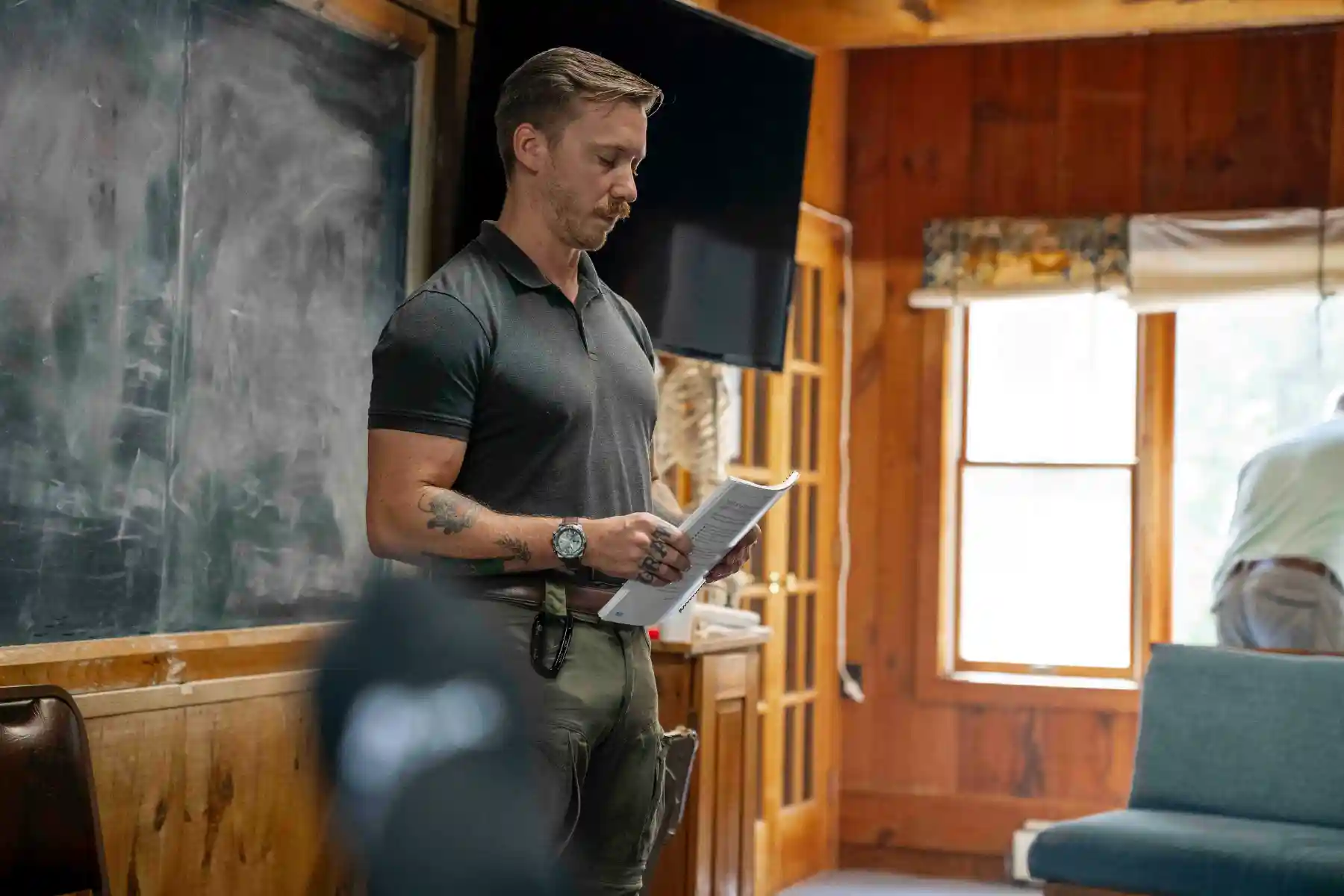


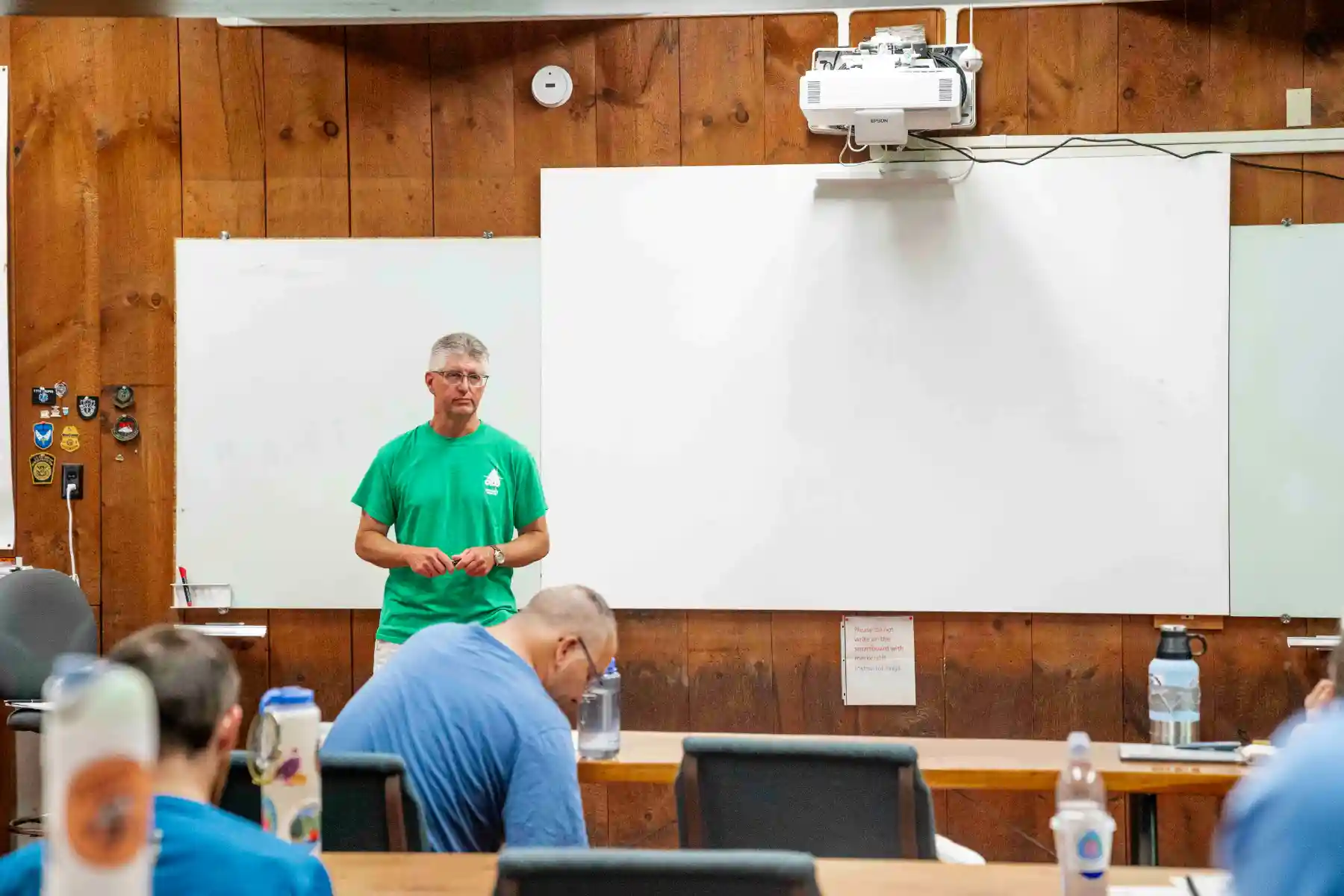




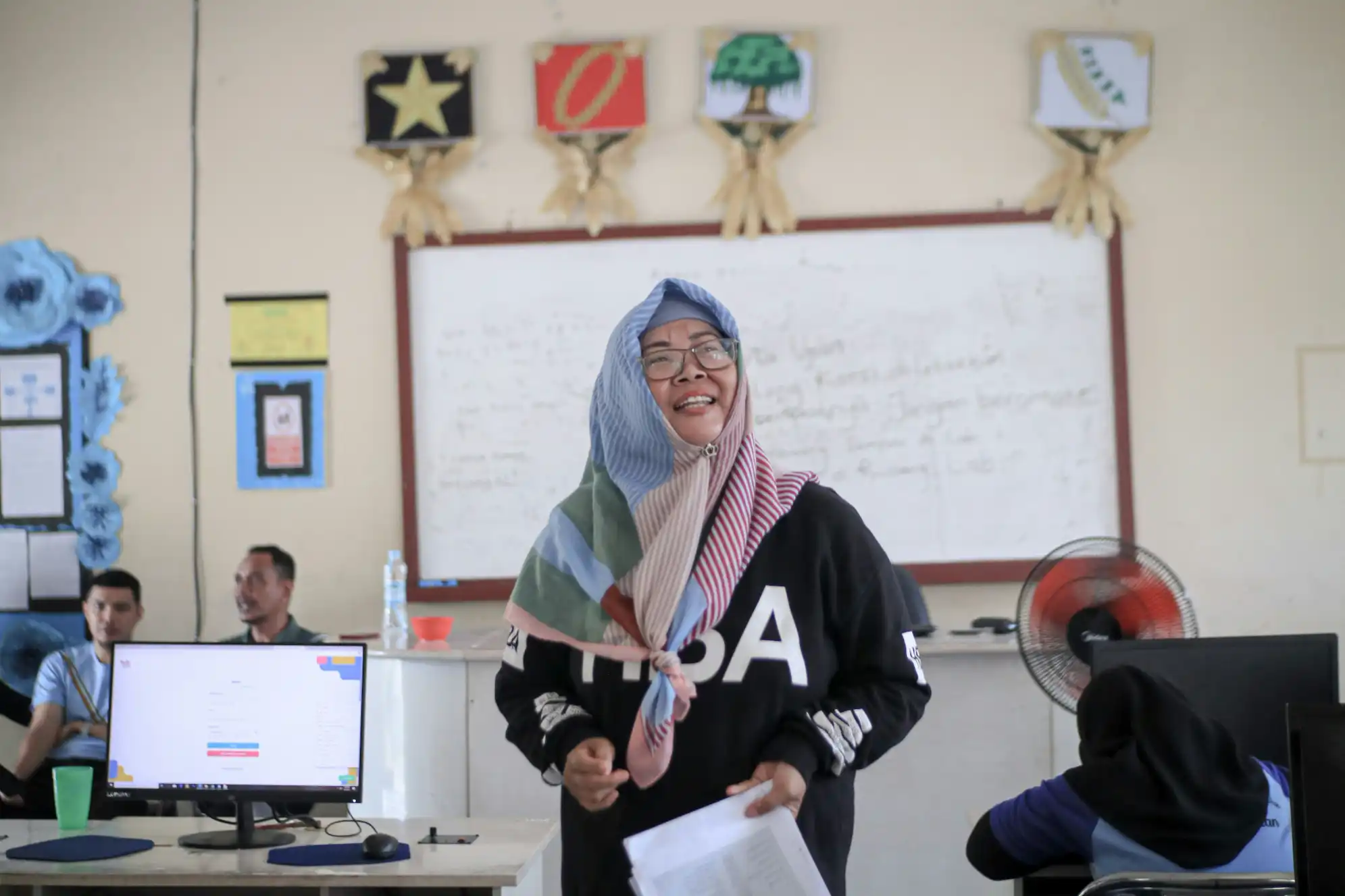






.webp)



%20.webp)

















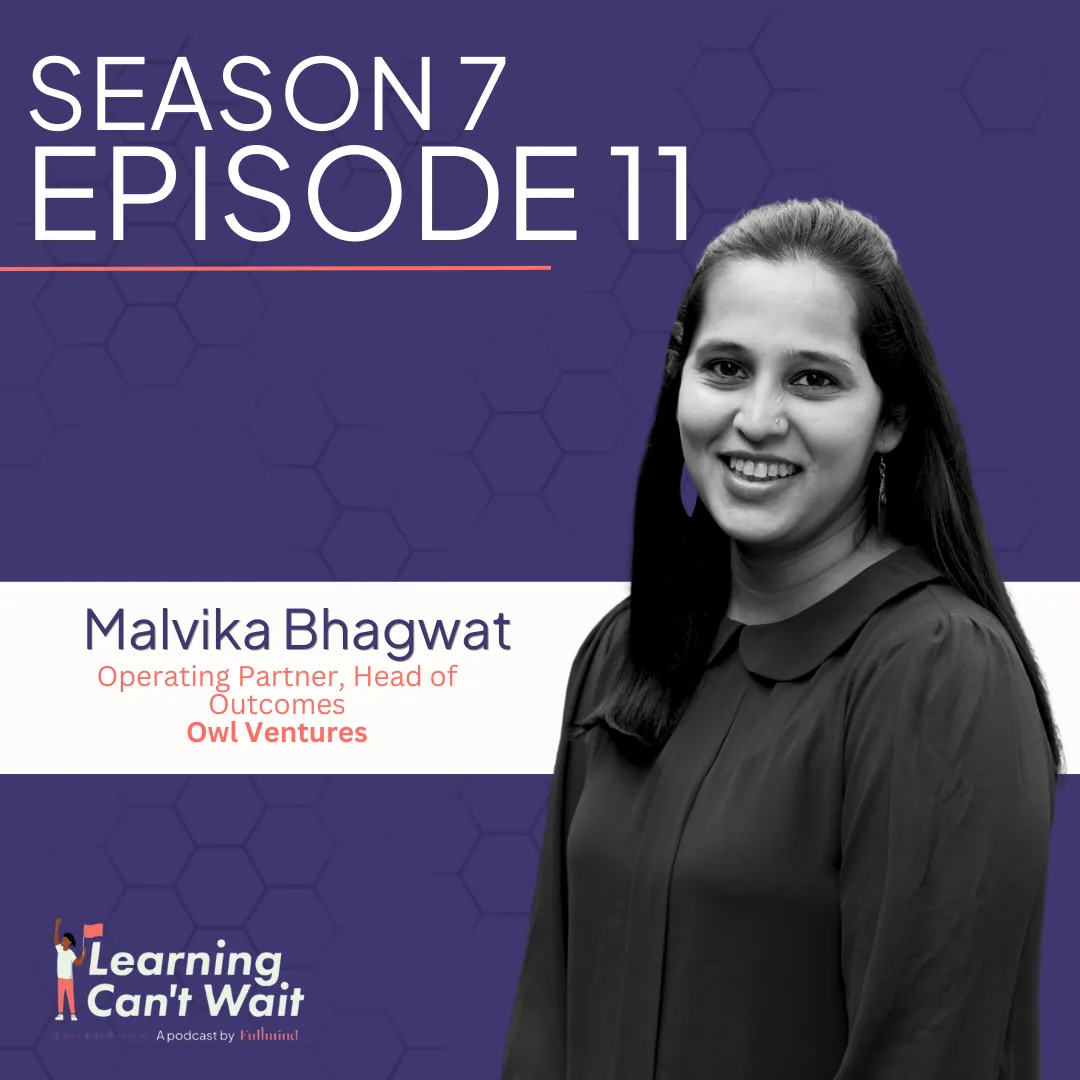
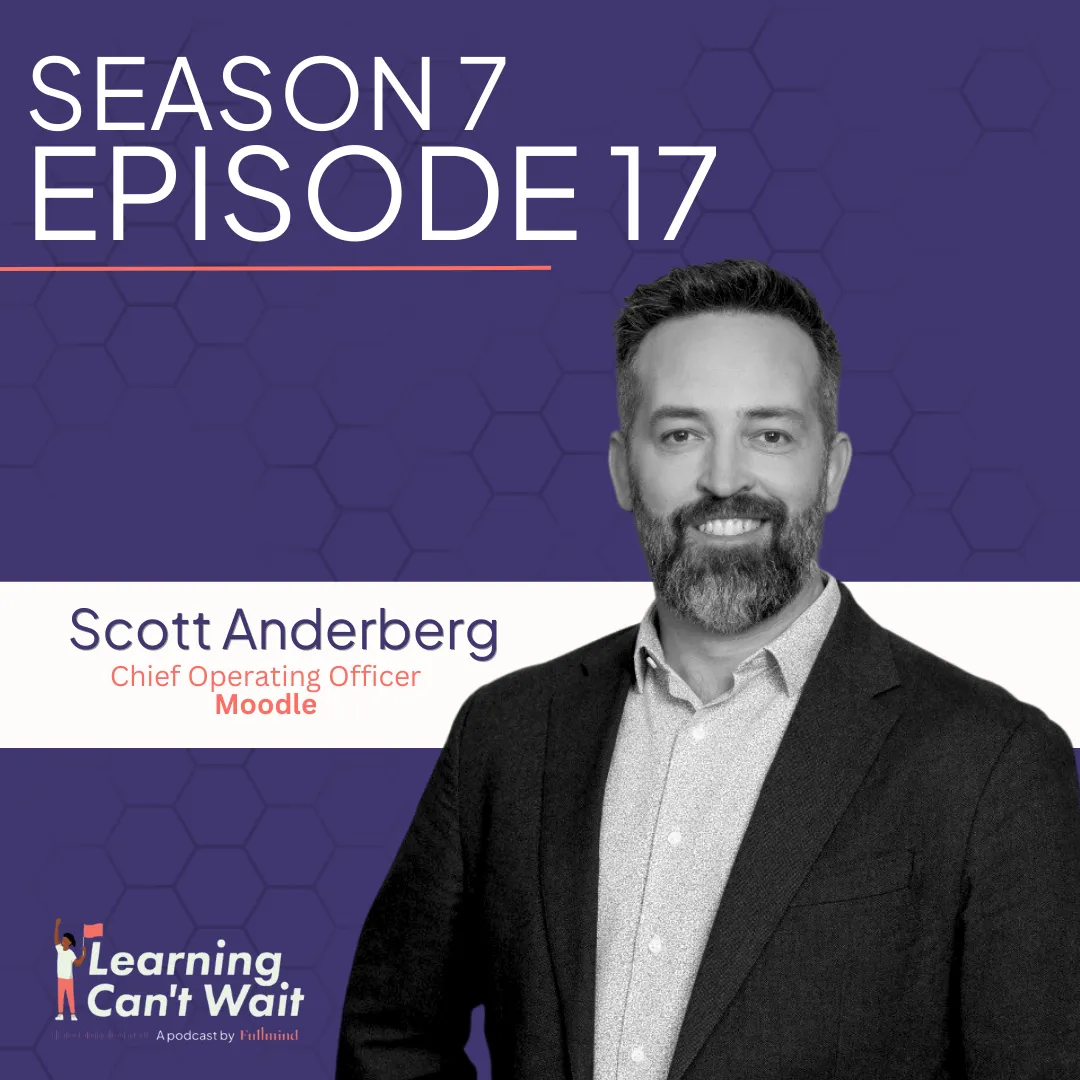
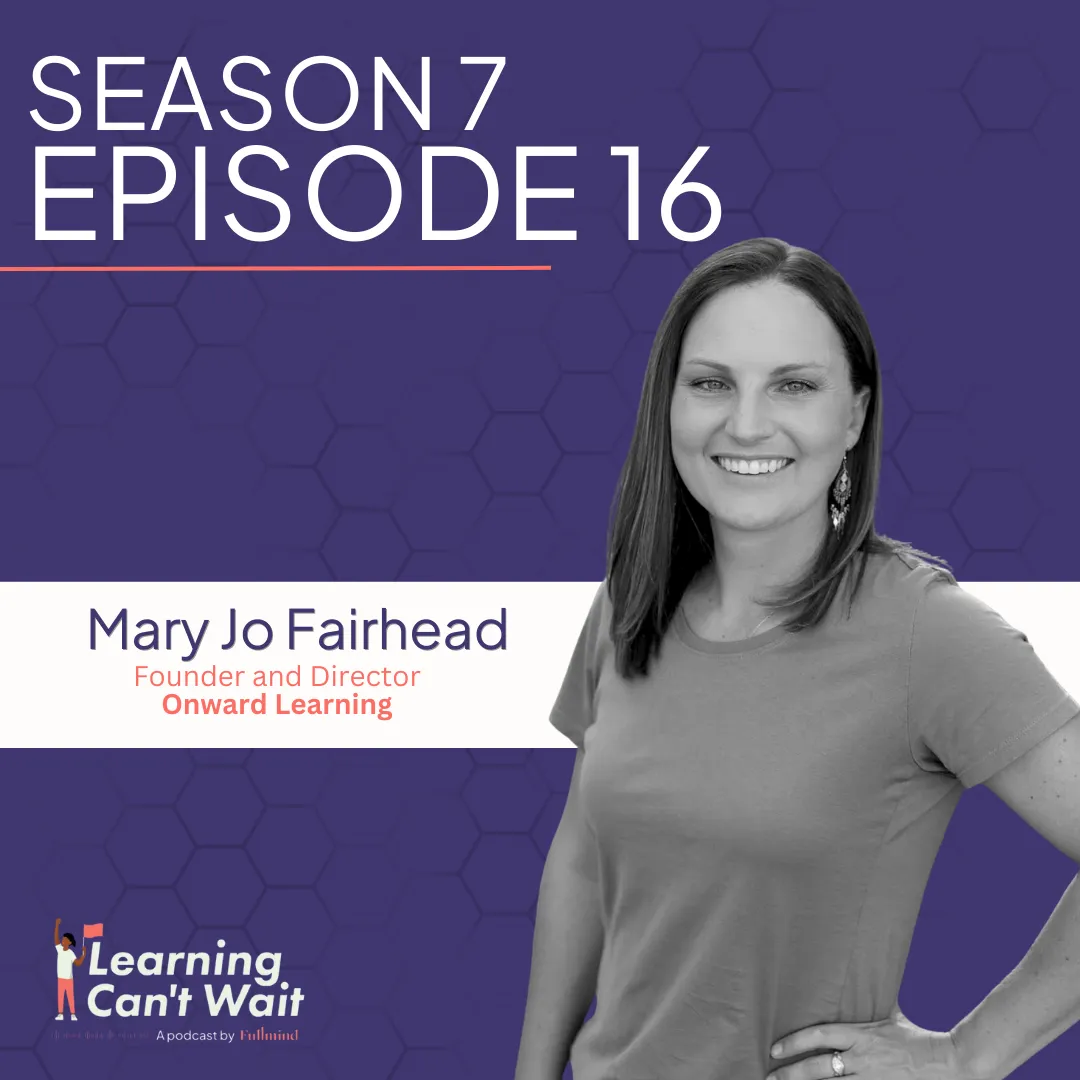

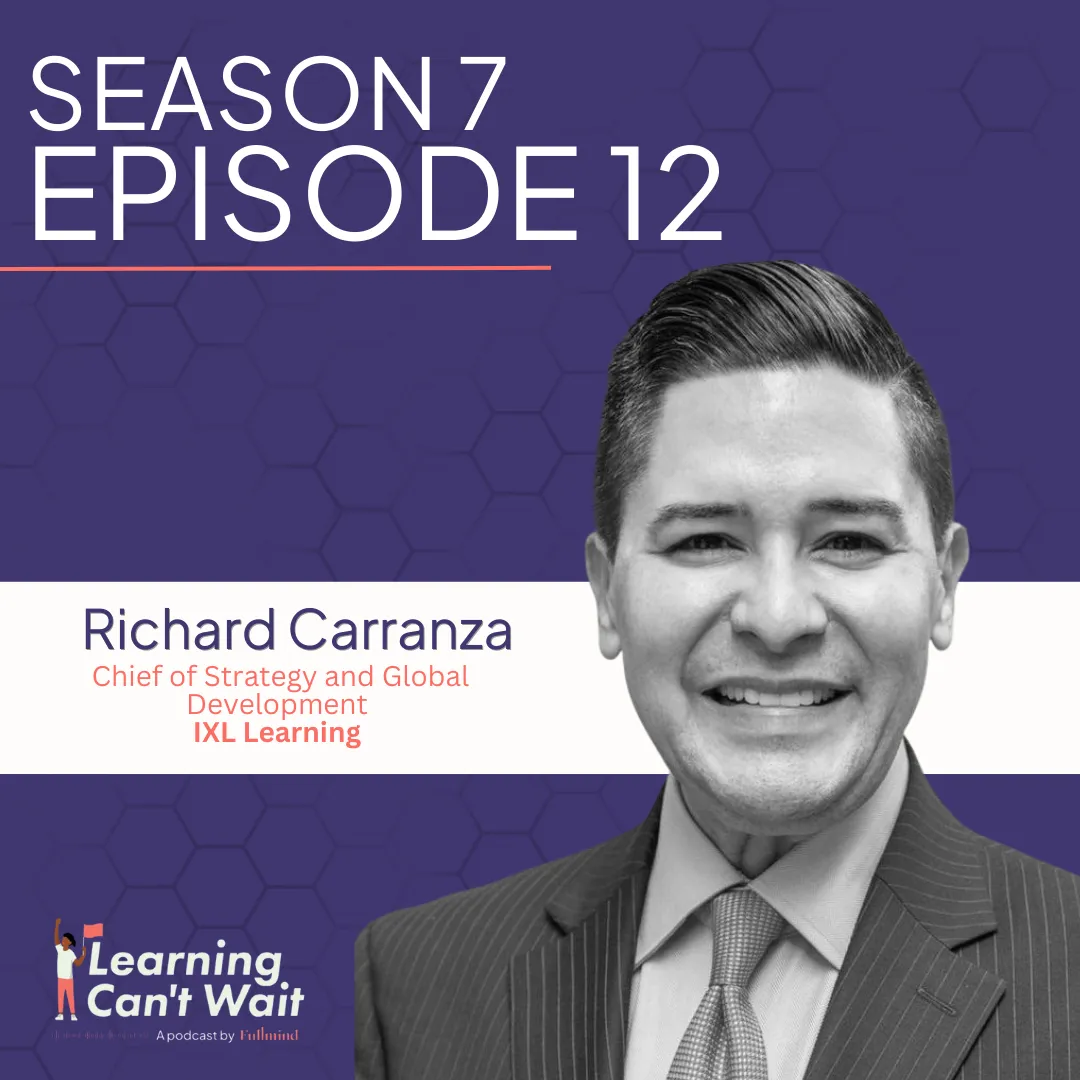
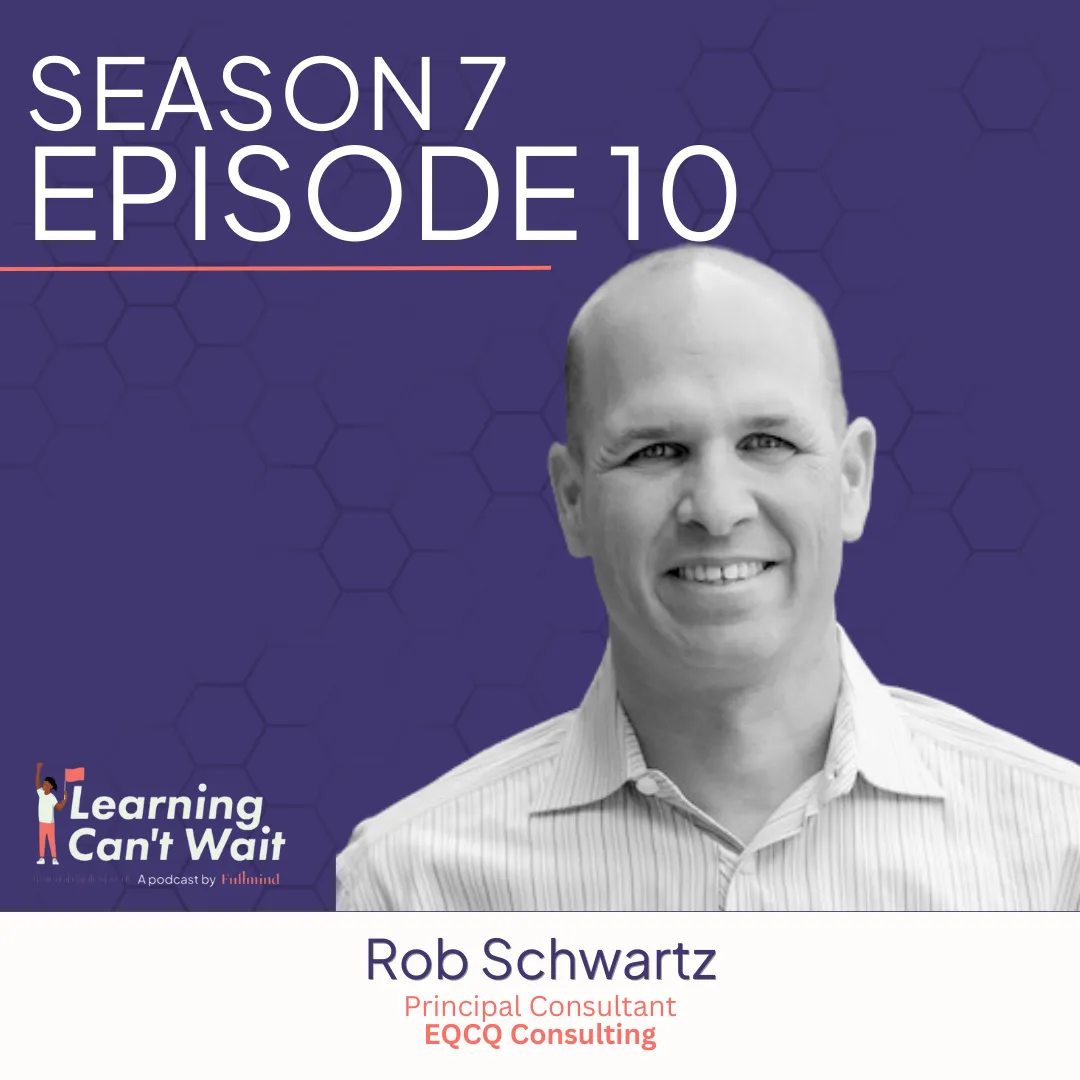






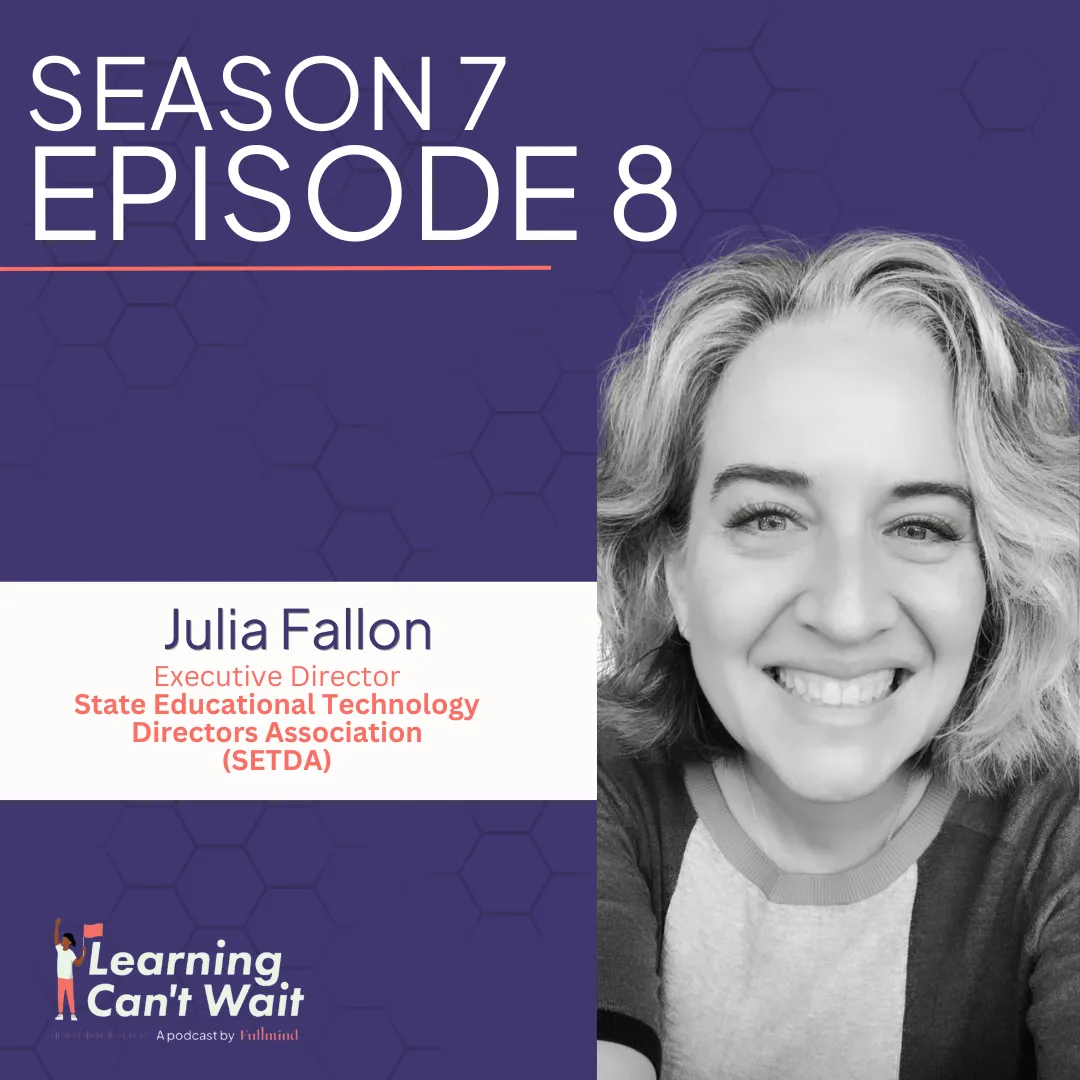






.webp)
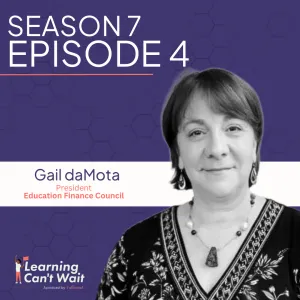
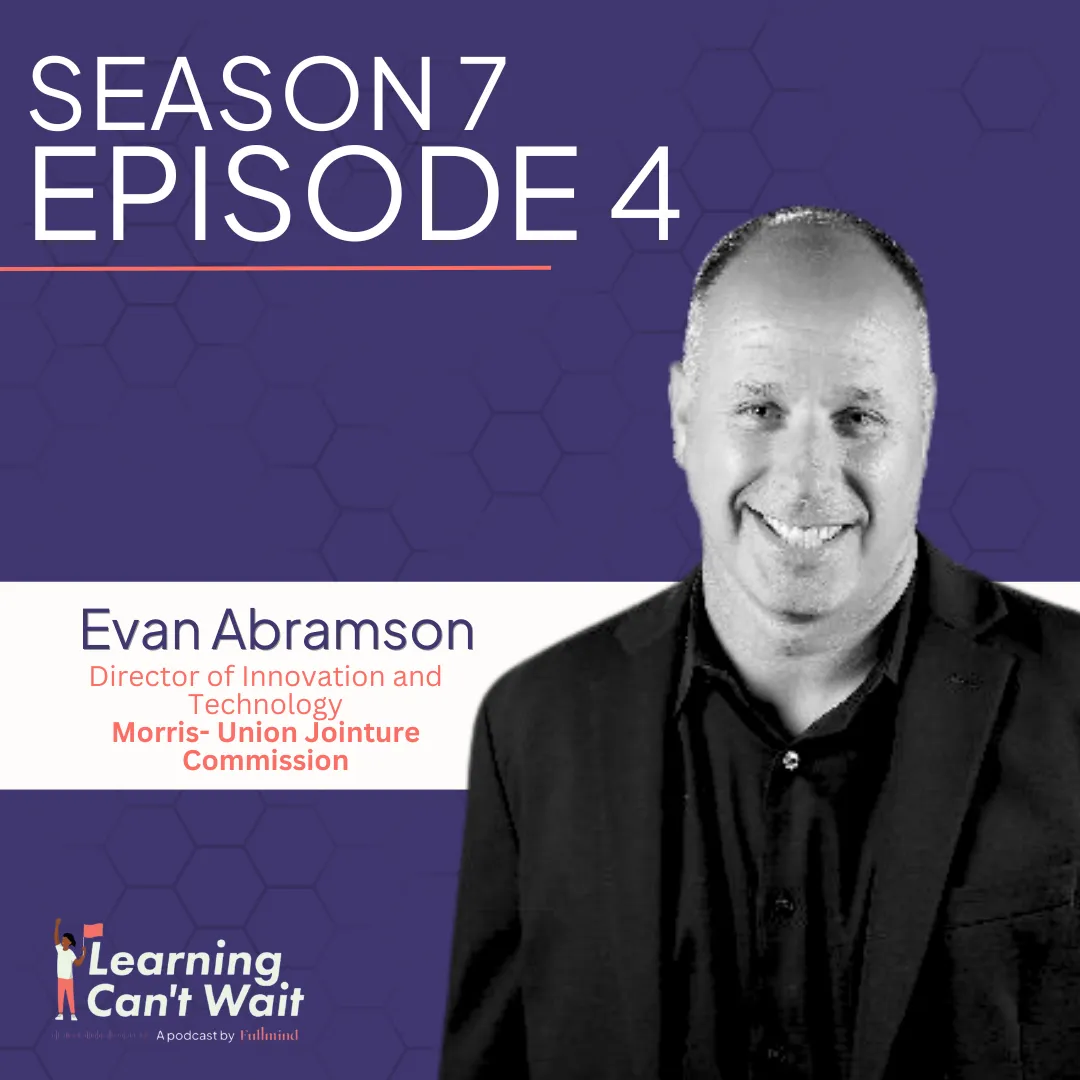
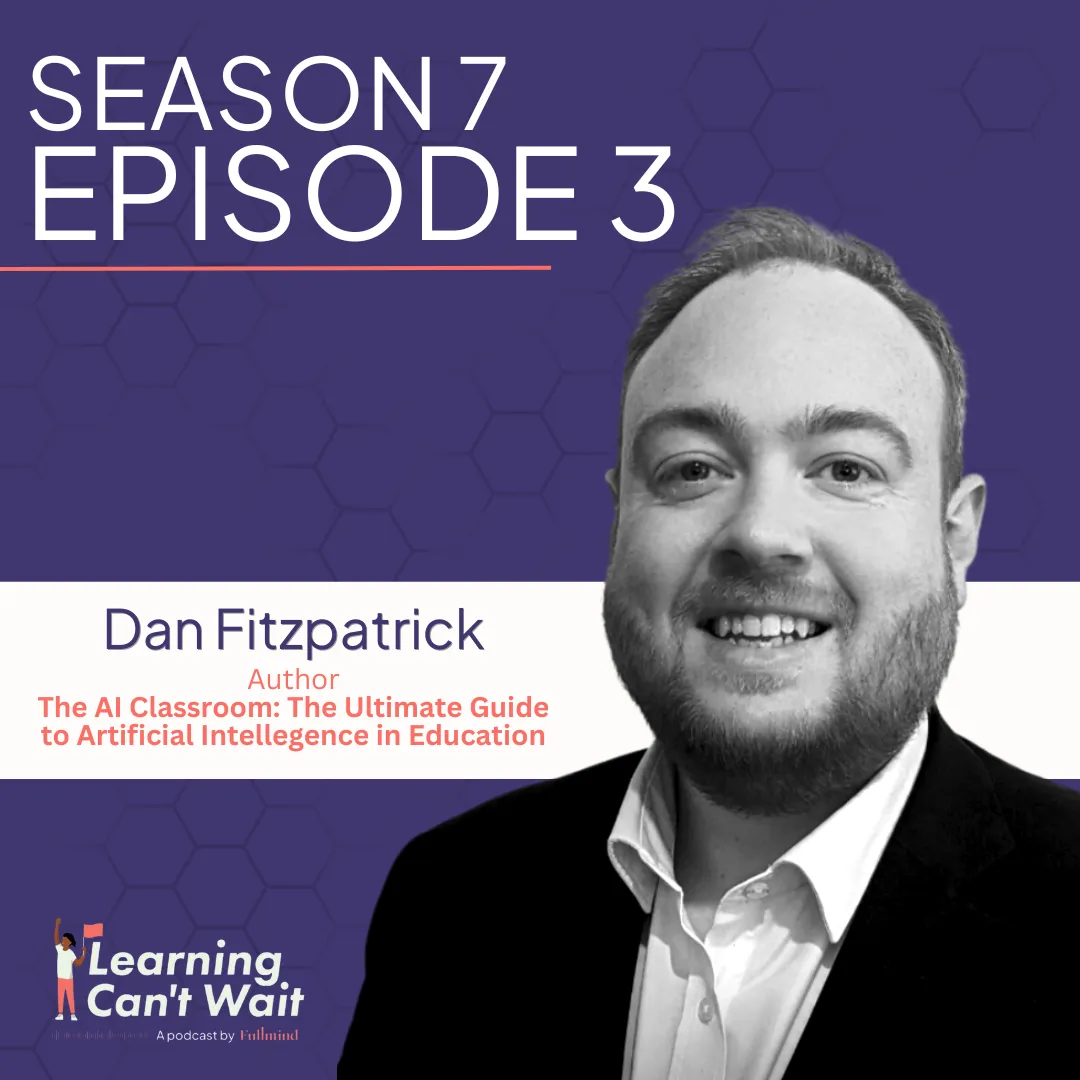

.webp)


.webp)


.webp)
